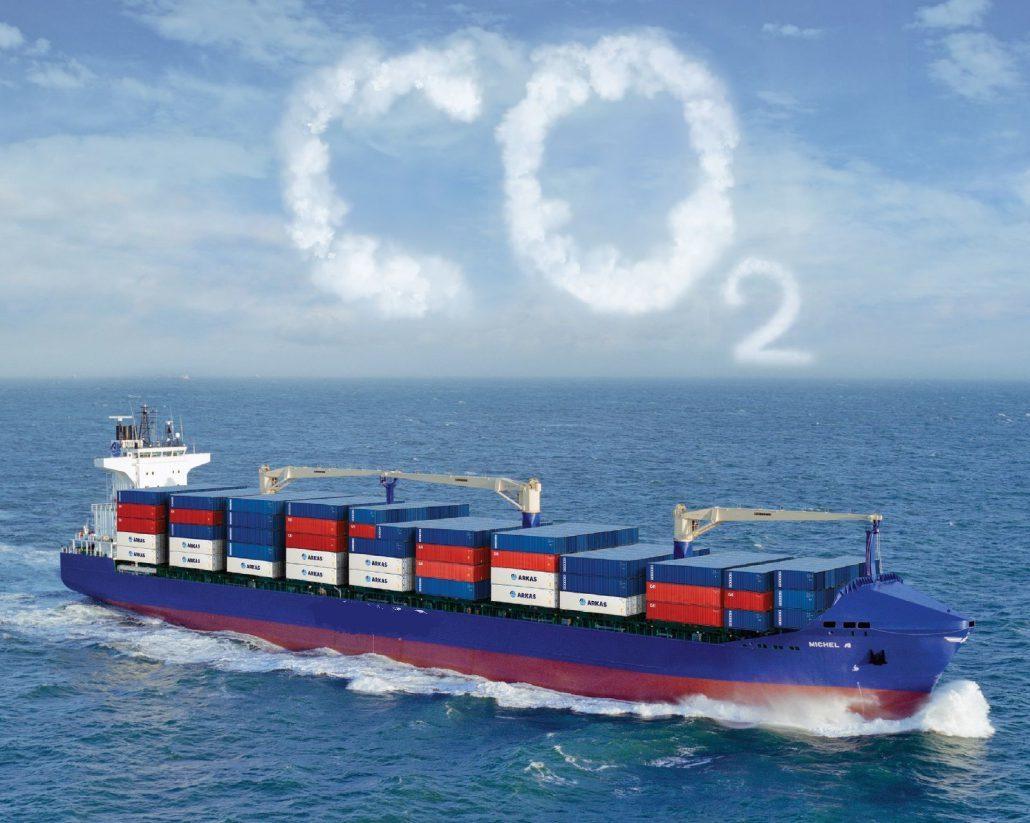
(www.MaritimeCyprus.com) Despite needing to halve emissions by 2030 to stand a chance of limiting warming to 1.5ºC, they continue to rise. Decarbonizing industries is essential, but net zero is not enough, and natural climate solutions do not go far enough.
The world must accelerate the removal of CO2 from the atmosphere, from 2 billion to 10 billion tonnes a year by 2050. Three reasons why: to reverse the accumulation of historic emissions, to balance the hardest-to-abate emissions, and to safeguard against Earth’s feedback loops from a warmer world.
This paper examines the potential of engineered carbon dioxide removal (CDR) through biochar, bioenergy with carbon capture and storage (BECCS), direct air capture with carbon storage (DACCS) and enhanced rock weathering. The paper draws on interviews with eight “First Movers” to gain their insights into why “wait and see” is not an option and how best to navigate this nascent market. It calls on every company to make advance purchases of engineered CDR part of their wider climate strategy.

Why should a company engage in engineered CDR now?
Corporate climate strategy: engineered CDR’s quality and scalability offers companies greater certainty in meeting climate targets and making credible claims for offsetting residual emissions. Taking a lead in engineered CDR can protect companies from accusations of greenwashing, while improving reputation and competitive edge.
Business opportunities: companies can use existing expertise to develop new CDR-related business models, including infrastructure development, equipment manufacturing, plant operations, consulting or trading CDR certificates (“removals”).
Co-benefits: can contribute to a just transition. Existing fossil fuel infrastructure (e.g. depleted oil and gas fields, pipelines, industrial clusters) can be repurposed for engineered CDR, preventing redundancies or leading to new jobs.
Leadership: the world cannot afford to “wait and see” if new CDR technologies will fall in price. Developers of engineered CDR need early adopters with offtake agreements that guarantee future revenue, enabling developers to raise money to scale up.
This white paper examines the new technologies urgently needed to deliver additional, permanent and quantifiable impacts to slash emissions.
Source: World Economic Forum














